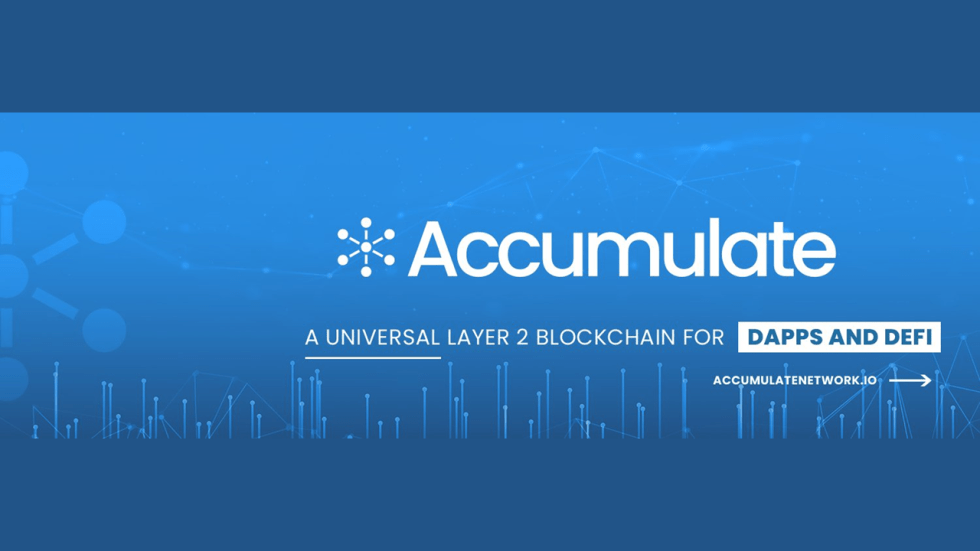The world is hungry for digital and blockchain-based solutions that can drive the financial system to the next level. The crypto industry is set to meet this demand, but major cryptocurrencies and protocols still lack scalability, cost-efficient transactions, and other features necessary to fulfill this purpose.
In that sense, the Accumulate Protocol has been designed to become the “bridge” to the digital economy of tomorrow. Created as an identity-based, delegated Proof-of-Stake (DPoS) blockchain, this network seems poised to become the missing piece that could take crypto adoption to the mainstream.
Unlike other alternatives, the Accumulate Protocol operates with a scalable, low cost, and interoperable network without compromising its security. In addition, it possesses the use cases and features to onboard users and corporations to finally integrate blockchain technology and a digital economic model to their operations.
The project took off back in 2015 with the launch of Factom, a second-layer publishing platform. Once this solution was acquired by Inveniam Capital Partners and added new and experienced team members, the firm started developing the Accumulate protocol.
Its multi-year development and underlying technology, combined with the leadership of its Chief Blockchain Scientist Paul Snow, provides Accumulate with a strong and innovative approach. Thus, it’s part of the new generation of networks that can offer users a better and a unique approach to the blockchain trilemma.
Why Is The Accumulate Network Different From Its Competitors
Accumulate leverages the Accumulate Digital Identifiers (ADIs) to validate the transactions on its blockchain. This creates a perfect harmony in terms of decentralization, users don’t have to worry about the actors running the nodes on the platform, scalability, the network can process over 70,000 TPS, security, and most importantly for adoption with the tools to support real-world use cases.
The Accumulate Network uses ADIs, in step of tokens, to provide more complex and flexible operations. This model enables other chains to be launched and validated on top of Accumulate with all the benefits of the layer 1 blockchain. According to the project’s Litepaper:
Combined with innovative features such as Scratch Space for consensus building, and Anchoring for added security, Accumulate becomes a fast, secure, and linearly scalable blockchain purpose-built for powering decentralized finance applications.
By implementing this framework, the Accumulate Protocol has incorporated the capabilities of traditional blockchains with a more efficient and pragmatic approach. Thus, making it possible for corporations and individuals to access a variety of features, such as enterprise-level management, creation of multi-part consensus off a blockchain, and ownership validation.
Accumulate, A Gate Into The Blockchain For Everyone
One of the top criticisms around blockchain and cryptocurrencies is their complexity to use. People need to remember long passwords, operate with hot or cold wallets and their risks, and get used to their transaction model.
Accumulate mitigates the friction from this process by making it friendly and easy to use and integrate in a business model or financial service. This new framework seems necessary to take the crypto industry to more users and implement new use cases beyond payments.
The protocol will continue to grow in the coming years. At the moment, the Accumulate Network is running on a testnet, but its mainnet will be launched in Q1, 2022 with its own native token ACME. With that, the future of the digital economy is just around the corner.
Learn more at https://accumulatenetwork.io/
